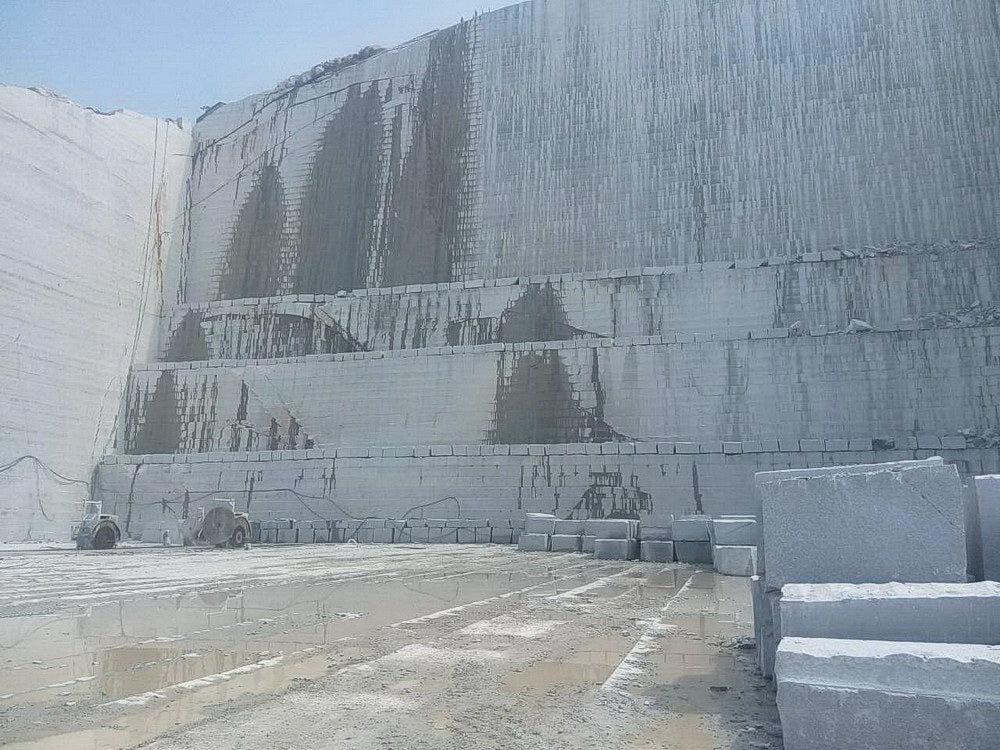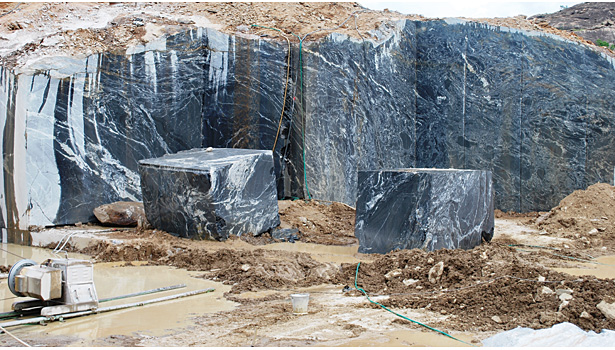Introducing Granite Quarries in South Africa Legacy: A Journey With Quarries
Introducing Granite Quarries in South Africa Legacy: A Journey With Quarries
Blog Article
Unveiling the Mysteries of Granite Quarrying: Where Stamina and Elegance Meet
The world of granite quarrying is a world where the raw toughness of nature converges with human creativity to develop frameworks that stand the test of time with an air of beauty. From the midsts of quarries to the thorough polishing in workshops, the process of transforming granite into building wonders is an intricate dancing of tradition and advancement. As we peer right into the midsts of this ancient craft, we begin to uncover the hidden complexities that shape the extremely significance of our constructed environment.
The Origins of Granite Quarrying
In the annals of architectural history, the origins of granite quarrying are shrouded in a tapestry of ancient craftsmanship and geological marvels. Going back to old Egypt and Mesopotamia, the removal of granite from quarries noted the start of a trip that would at some point bring about the creation of some of the world's most iconic structures.
Granite quarrying's roots can be mapped to the experienced artisans who recognized the stone's resilience and aesthetic appeal. Through a combination of primitive devices and large resolution, these very early quarry employees discovered granite blocks that would come to be the foundation of human beings.
As human beings progressed, so did the methods of quarrying granite. The Romans, renowned for their engineering prowess, established innovative techniques for drawing out granite to construct monoliths, holy places, and roads that stood the test of time.
The heritage of these old quarrying methods continues to form modern-day style, with granite staying a sign of strength and elegance in construction tasks around the globe. (granite quarries in south africa)
Tools of the Quarrying Profession
The development of granite quarrying techniques from old worlds to modern-day times highlights the critical role played by the tools of the quarrying profession in shaping the industry's techniques. In ancient times, quarrying devices were primary, frequently including blades, hammers, and wedges made from products like bronze or iron. These tools required substantial manpower and time to remove granite blocks from quarries.

In addition, the intro of pneumatically-driven devices and high-powered equipment has actually dramatically reduced the physical labor called for in quarrying procedures, improving employee security and productivity. As the quarrying industry proceeds to innovate, the devices of browse around these guys the trade remain at the center of driving development and shaping the future of granite removal.
Extracting Blocks of Granite
Making use of precision equipment and progressed strategies, the removal of granite obstructs from quarries has become a sophisticated process in the modern-day quarrying market. The preliminary step entails recognizing the place and size of the granite deposit to establish one of the most efficient extraction approach. When an ideal site is picked, the removal procedure starts with the drilling of openings for the placement of explosives. Regulated blowing up techniques are after that utilized to disintegrate the granite right into convenient sections.

Sprucing Up and Completing Methods
To achieve a remarkable surface area on granite blocks, experienced craftsmens utilize a series of meticulous sprucing up and completing techniques. After the initial removal and shaping processes, the granite obstructs go through a comprehensive polishing stage to enhance their all-natural appeal and resilience. One usual technique used in brightening granite is ruby abrasion, where industrial rubies are used to grind and brighten the rock to a smooth surface. This procedure not only develops a shiny surface area however additionally guarantees harmony in color and appearance throughout the granite block.
Along with polishing, ending up techniques are put on more refine the granite's look. These strategies may include flaming, developing, or cleaning, each offering unique structures and surfaces to match various aesthetic preferences. Flaming, for instance, entails revealing the granite surface area to heats to create a rough, textured coating, ideal for outdoor applications where slip-resistance is crucial. Honing, on the other hand, provides a matte finish that is smooth to the touch, ideal for indoor counter tops and flooring. By meticulously picking and using these brightening and ending up strategies, craftsmens can change raw granite obstructs into charming pieces that display both strength and style.

Ecological Impact and Sustainability
With the expanding emphasis on environmental awareness in the industry, granite quarrying techniques are increasingly looked at for their impact on all-natural sources and long-term sustainability. Quarrying for granite can have considerable ecological implications. The removal procedure typically entails making use of hefty equipment, explosives, and big quantities of water, resulting in environment devastation, soil erosion, and water air pollution. Furthermore, the transportation of granite from quarries to refining facilities creates carbon emissions, even more contributing to environmental degradation. granite quarries page in south africa.
To reduce these impacts and make sure sustainability in granite quarrying, sector stakeholders are taking on various measures. Carrying out sophisticated innovations to minimize power usage and water use, reclaiming quarried land for ecological restoration, and promoting liable sourcing techniques are some techniques being utilized. Additionally, accreditations such as the Forest Stewardship Council (FSC) and the Leadership in Power and Environmental Layout (LEED) aid customers determine eco-friendly granite items.
Conclusion
Finally, granite quarrying is a procedure that requires specialized devices and methods to extract blocks of granite and brighten them to a high level of coating. While the environmental impact of quarrying can be substantial, initiatives are being made to improve sustainability practices in the sector. In general, granite quarrying is a fragile balance in between taking advantage of the strength and style of this natural rock while lessening its effect on the atmosphere.
Report this page